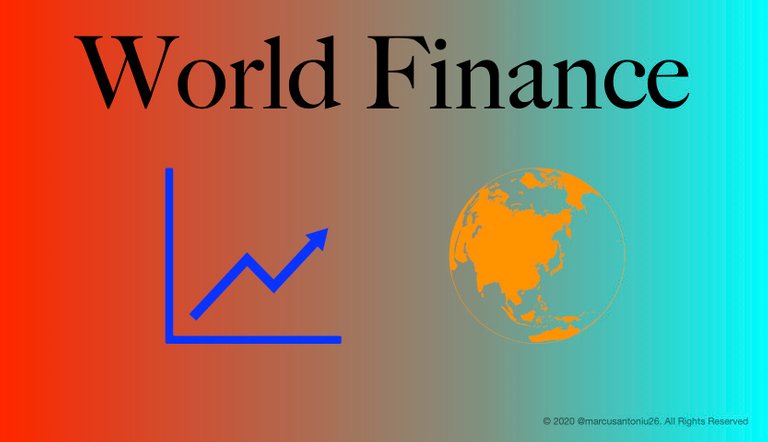
The gold standard is a monetary system in which the value of a country's currency is directly linked to the value of gold. Under the gold standard, each unit of currency is convertible into a fixed amount of gold. This means that the supply of money in the economy is tied to the supply of gold, and the value of the currency is determined by the value of gold on the global market.
The gold standard has been used throughout history, with various countries adopting it at different times. One of the most well-known examples was the classical gold standard, which was in place from the mid-19th century until the outbreak of World War I. During this time, many countries, including the United States and Great Britain, fixed their currencies to a specific amount of gold, and gold was used as the primary means of international settlement.
Advocates of the gold standard argue that it provides stability to the economy and prevents inflation. Because the money supply is tied to the supply of gold, it is not subject to fluctuations in supply and demand that can lead to inflation. This means that the value of the currency remains relatively stable over time, providing a reliable store of value for savers and investors.
However, critics of the gold standard argue that it is inflexible and can lead to deflationary pressures during times of economic growth. Because the money supply is tied to the supply of gold, it cannot be easily adjusted to meet the needs of the economy. This can lead to a situation where there is not enough money in circulation to support economic growth, leading to deflation and economic stagnation.
In addition, the gold standard can be vulnerable to shocks in the global gold market. If the value of gold suddenly declines, the value of the currency would decline as well, potentially leading to a financial crisis.
Today, most countries have moved away from the gold standard and use fiat currencies, which are not backed by gold or any other commodity. Fiat currencies are backed by the government's ability to tax and regulate the economy, and the supply of money is determined by the central bank.
In conclusion, the gold standard is a monetary system in which the value of a country's currency is directly linked to the value of gold. It has been used throughout history and is based on the idea that tying the money supply to a commodity like gold provides stability and prevents inflation. However, the gold standard can be inflexible and vulnerable to shocks in the global gold market, and most countries have moved away from it in favor of fiat currencies. This trend may be reversed in the near future, though
For further information, read this article